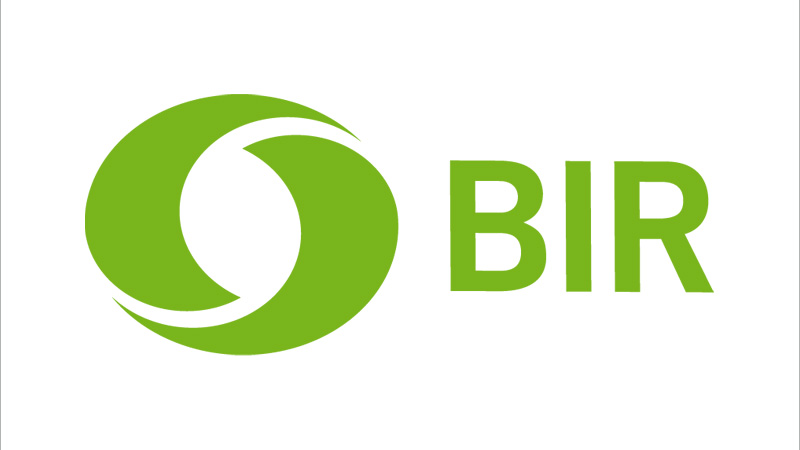Recent BIR World Recycling Convention & Exhibition in Hong Kong was held from 22 to 24 May 2017.
According to BIR divisional president William Schmiedel of US-based Sims Management Global Trade indicated that such exports were likely to be a “temporary” phenomenon and that good potential existed to melt significantly higher volumes of scrap within China over the coming years. These sentiments were echoed at a subsequent meeting by Li Shubin of the China Association of Metal Scrap Utilization who stated that his country was aiming to boost its annual steel scrap usage from officially under 100m tonnes at present to 150m tonnes by 2020, and to achieve a 30% scrap ratio by 2025 as against just over 11% in 2016.
On this point, there was agreement from Ferrous Division guest speaker Dr Ye Chen of the Shanghai Futures Exchange. Scrap steel was going to be “a rising star” in China, he told delegates, owing to cost concerns and environmental considerations. It was therefore the right time, he contended, for his organisation to consider the launch of scrap futures in China. “We want physical delivery futures,” he added.
Looking beyond China, the global outlook for the steel scrap market “remains relatively positive” for the rest of 2017, said Mr Bird. “Demand should stay healthy and there is a good supply/demand balance.” Scrap flows in the USA were “steady” while underlying demand in Europe was “relatively healthy”, delegates were told. Mr Schmiedel considered the ferrous scrap industry to be “on a much sounder footing” than a year earlier.
A walk “down Memory Lane” was promised by the Ferrous Division’s other guest speaker in Hong Kong. Nathan Fruchter of Idoru Trading Corporation in the USA explained how fundamental changes to communications and transportation had affected scrap trading. For example, movement of scrap in containers rather than in bulk had brought more ports into the trading equation, notably in Africa and Central/South America. Mills now had the option of buying smaller loads and of opening up smaller letters of credit, he pointed out.
The meeting at the Hong Kong Convention and Exhibition Centre also saw the launch of the 8th edition of “World Steel Recycling in Figures”, covering the period from 2012 to 2016. Divisional Statistics Advisor Rolf Willeke drew particular attention to a sharp 29.4% increase in the EU-28’s steel scrap exports from 13.743m tonnes in 2015 to 17.807m tonnes last year, with shipments out of the USA climbing just 2% to 13.23m tonnes.
Turkey, still the world’s leading steel scrap importer, bought far more EU-28 scrap in 2016 than any other country (+29% year on year to 10.42m tonnes), followed by India on 1.735m tonnes (+20.7%) and Pakistan on 1.356m tonnes (+36.6%). Mr Willeke’s understanding was that Pakistan’s steel scrap imports from all sources could top 4m tonnes in 2017.











